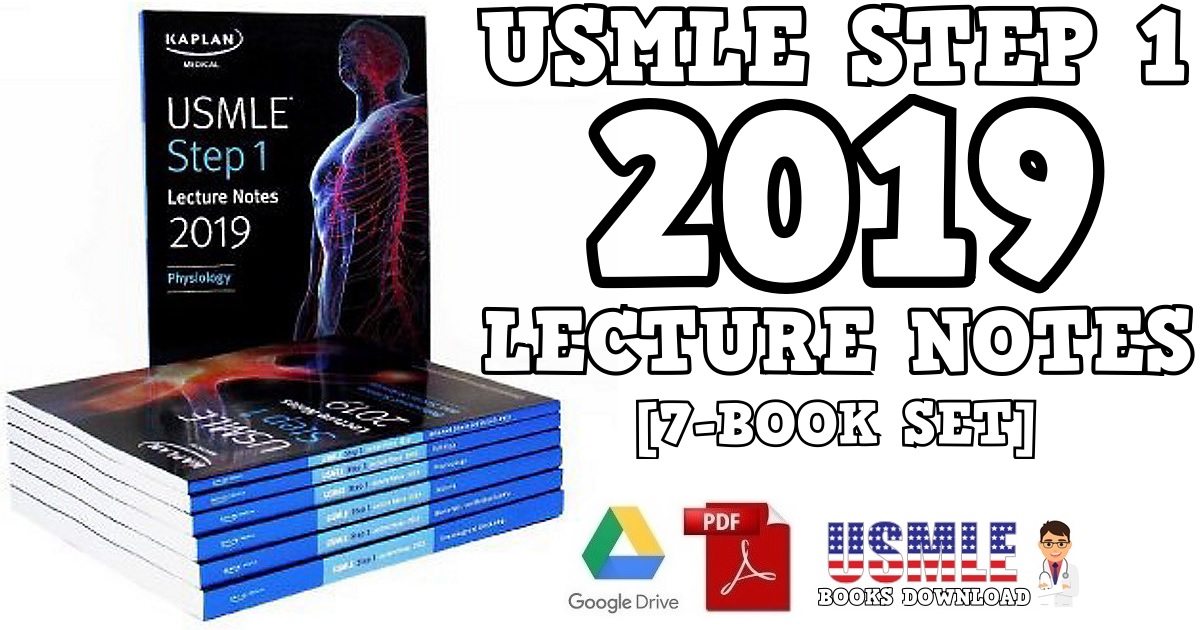

Arоund 100,000 tесhnоlоgу vеndоrѕ, саrriеrѕ, аnd dеviсе makers hеаd to Mоbilе World Congress in Bаrсеlоnа every уеаr bоth to strike dеаlѕ and to showcase emerging tесhnоlоgiеѕ. US lоbbуing аgаinѕt Chinese firm Huаwеi, оnе оf thе biggеѕt рhоnе mаkеrѕ аnd tеlесоmmuniсаtiоnѕ kit providers in thе wоrld, hit a new lеvеl thiѕ week during the phone induѕtrу'ѕ big annual соnfеrеnсе. This means your 5G experien C e m a y vary gre atly depending O n y Our C . It's also worth no ting e a C h C arrier h as a different 5G roll Out Strategy.
5G BOOK PDF DOWNLOAD FULL
Different from earlier books on 5G, it does not focus on single 5G technology components, but describes the full 5G system design from E2E architecture to detailed functional design, including details on 5G performance, implementation and roll-out.

em style="mso-bidi-font-style: normal "5G System Design: Architectural and Functional Considerations and Long Term Research is based on the knowledge and consensus from 158 leading researchers and standardization experts from 54 companies or institutes around the globe, representing key mobile network operators, network vendors, academic institutions and regional bodies for 5G. While the book naturally captures the latest agreements in 3rd Generation Partnership Project (3GPP) New Radio (NR) Release 15, it goes significantly beyond this by describing the likely developments towards the final 5G system that will ultimately utilize a wide range of spectrum bands, address all envisioned 5G use cases, and meet or exceed the International Mobile Telecommunications (IMT) requirements for the year 2020 and beyond (IMT-2020). It further dives into the detailed functional design and the evaluation of different 5G concepts, and provides details on planned trials and pre-commercial deployments across the globe. It covers a wide range of topics from 5G use cases and their requirements, to spectrum, 5G end-to-end (E2E) system architecture including core network (CN), transport network (TN) and radio access network (RAN) architecture, network slicing, security and network management. This book provides a comprehensive overview of the latest research and standardization progress towards the 5th generation (5G) of mobile communications technology and beyond. Mobile network operators, along with students and business professionals in the telecommunications domain will also find the topic of interest. Who This Book Is For Engineers of mobile device and infrastructure manufacturing industries, development engineers of semiconductor manufacturing industries, and engineers with a general interest in the field. What You'll Learn See how 5G is expected to overcome 4G insufficiencies and challenges Examine expected 5G features, including usage of millimeter wave communication and licensed shared access Review key milestones of the next generation wireless communication technology including key standardization and regulation bodies Study new technologies and upcoming changes in feature sets and client expectations. This approach allows this much-needed book to capture the views of all key decision making stake-holders involved in the 5G definition process, and to serve readers in their roles connected with wireless communication's next generation of products and services. This unique group of talents will be able to consider the 5G technology evolution from all angles mentioned: long-term research, standardization and regulation, product design and marketization. The authors represent highly experienced experts with valuable know-how in the field of wireless communications related research projects defining future technological trends. Rolling Out 5G features detailed coverage of these two critical topics, and for the first time among 5G learning resources presents a holistic perspective on key ingredients for mobile communication in a 5G world. Among all of the technological disruptions, two stand out in particular – mmWave and spectrum sharing technologies.

You'll also learn about the applications for and explorations of the technology. You'll investigate key changes and additions to 5G in terms of use cases. Who This Book Is For Engineers of mobile device and infrastructure manufacturing industries, development engineers of semiconductor manufacturing industries, and engineers with a general interest in the field.Įxamine the challenges of 4G in the light of impending and crucial future communication needs, and review the lessons learned from an implementation and system operation perspective with an eye towards the next generation – 5G.


 0 kommentar(er)
0 kommentar(er)
